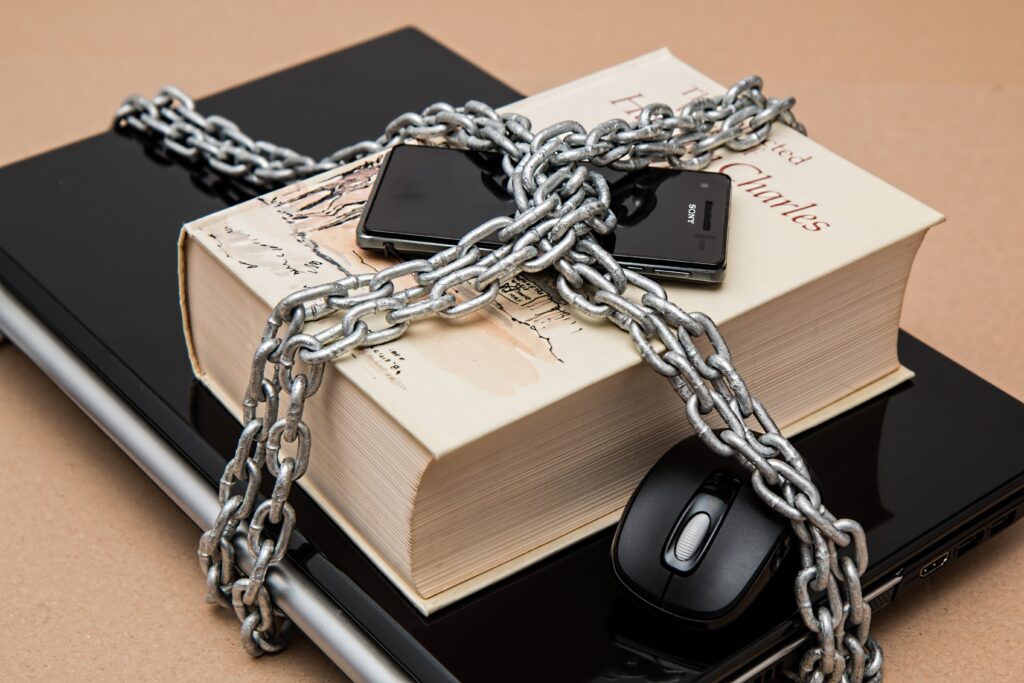Password managers are apps that generate random for all the sites you visit and store your passwords. In this world of digital technology, we’ve access to multiple accounts. Be it be social media, email ids, financial services, gaming, or anything on the Internet you could think of….having an account various websites is common. with signing up for these accounts, you need to create passwords. Different websites have different requisites for creating passwords. Now we end up with all these passwords that we can’t remember, resetting passwords is a hassle too. So, our browsers came to our rescue by creating an option for remembering our passwords for us. It’s a great convenience and a great risk.
Since our systems are vulnerable to hacking, a slightest chance of our passwords being stolen create a huge risk for us. That’s what hackers do. Then come the password managers with their own pros and cons. Pros of course is the convenience of our passwords being safe. Cons is the risk that any of these apps can be hacked.
The password manager automatically fills in your login name and password for you. Most password managers can also fill in your personal information, like name, address, and credit card number on web forms during account creation or checkout when making a purchase online.

How does a password manager work?
Ideally a password manager uses zero-knowledge techniques to protect your encrypted data so that no one—not the password company, not the government, nobody—can know your master password or decrypt your data.
Once you’ve settled on a password manager, you have to set it up and protect it with a master password. Since you’re putting all your passwords in one place, i.e., the vault, you need to protect the vault with a master password. The master password encrypts the contents of your vault, so it needs to be super strong and memorable. If you choose a weak master password, you put all your credentials at risk.
You can use multi factor authentication (MFA) to secure your account. It simply means that to unlock your password manager, you need something in addition to your master password. That something could be your fingerprint, your face or voice read by recognition software, a code sent to your device, etc. In addition, allowing access to the password manager only from registered, trusted devices can be another form of multi-factor authentication.
Again, a word of caution
Be it browser password manager such as Google Chrome or a dedicated password manager, you’re always at the risk of losing your data or being hacked, these tools as convenient as they are, always come with this associated with them.
Also read: Navigating the Digital Fortress: Understanding Blockchain and Its Implications for Cybersecurity




